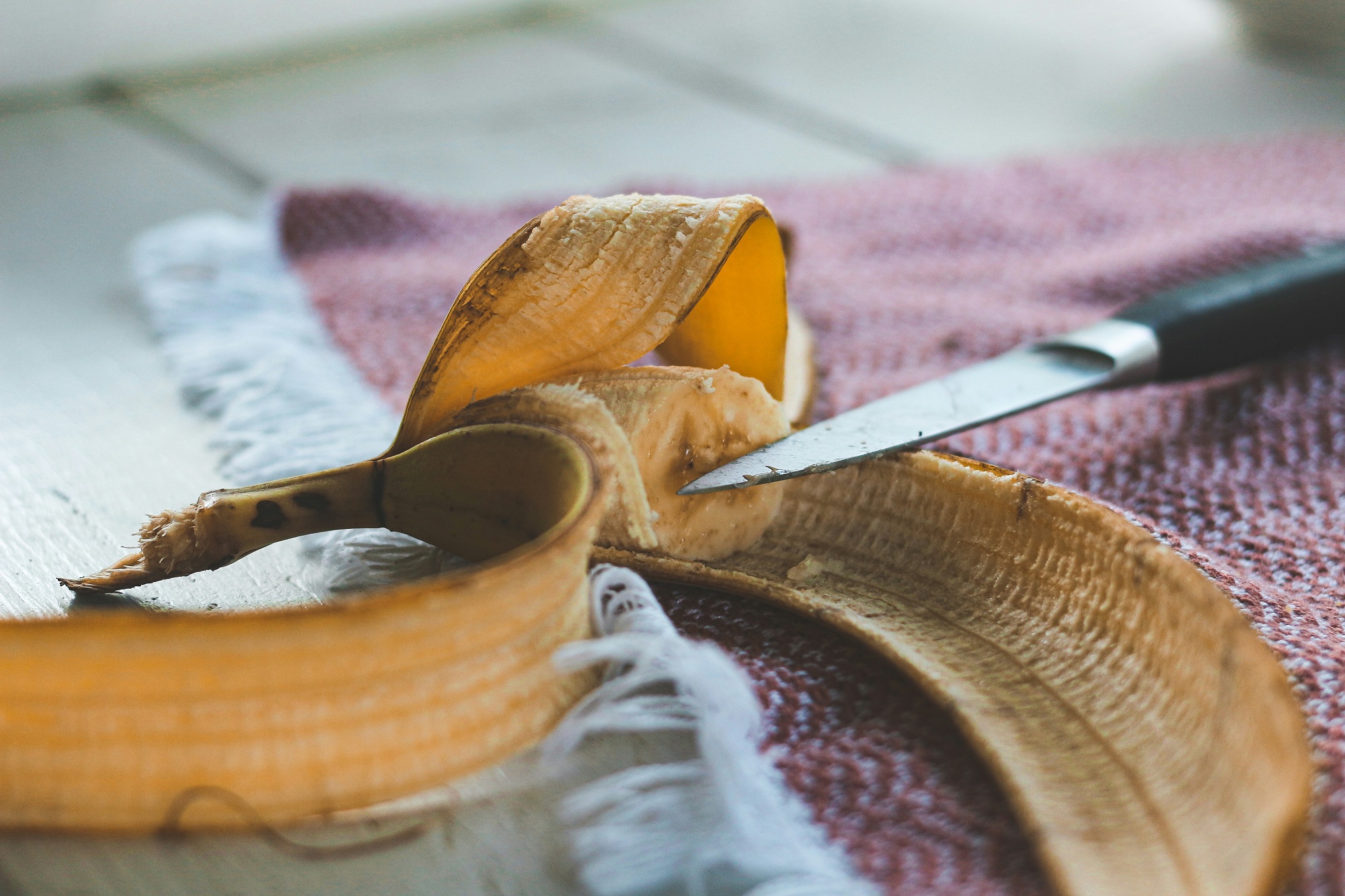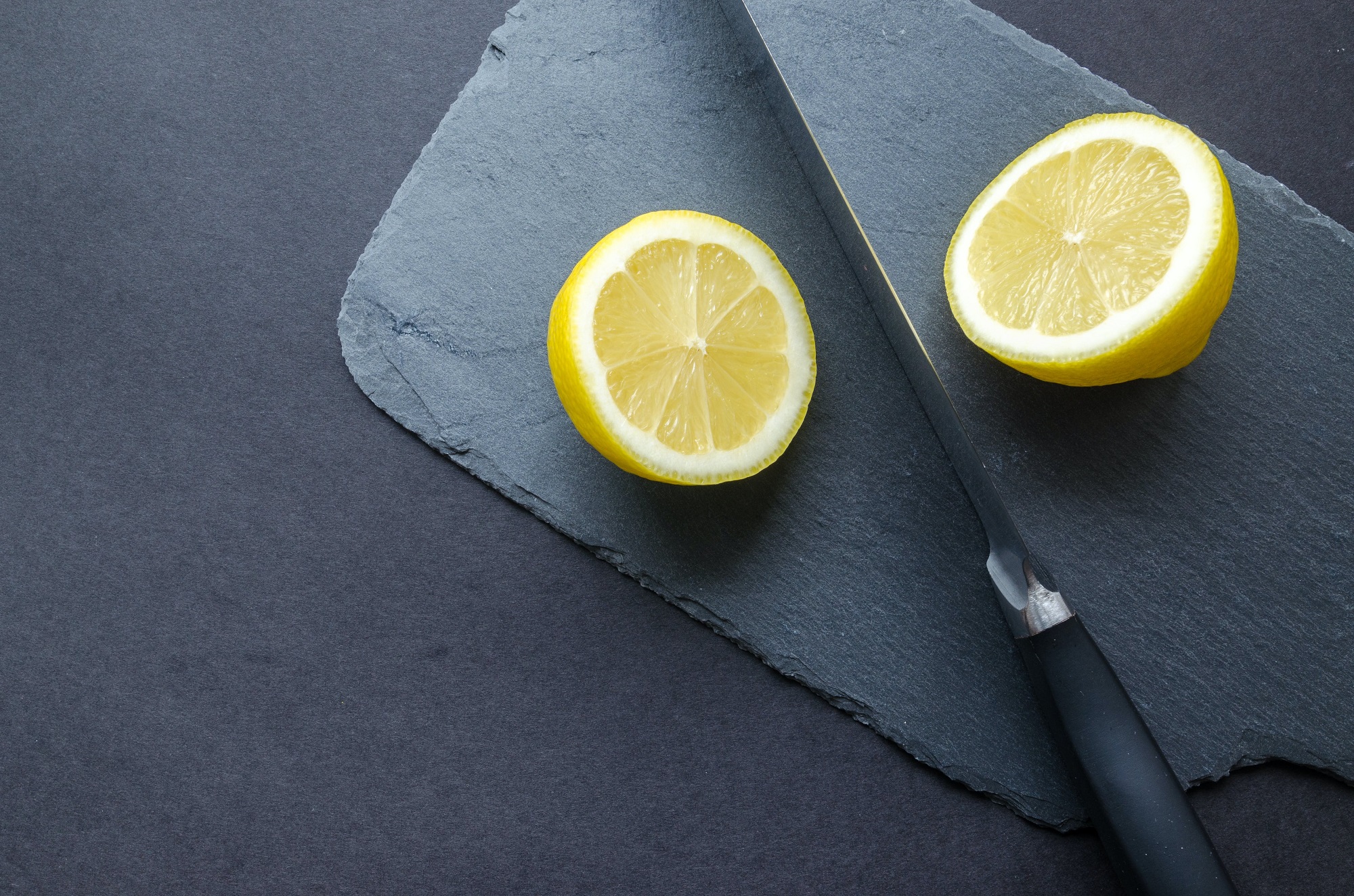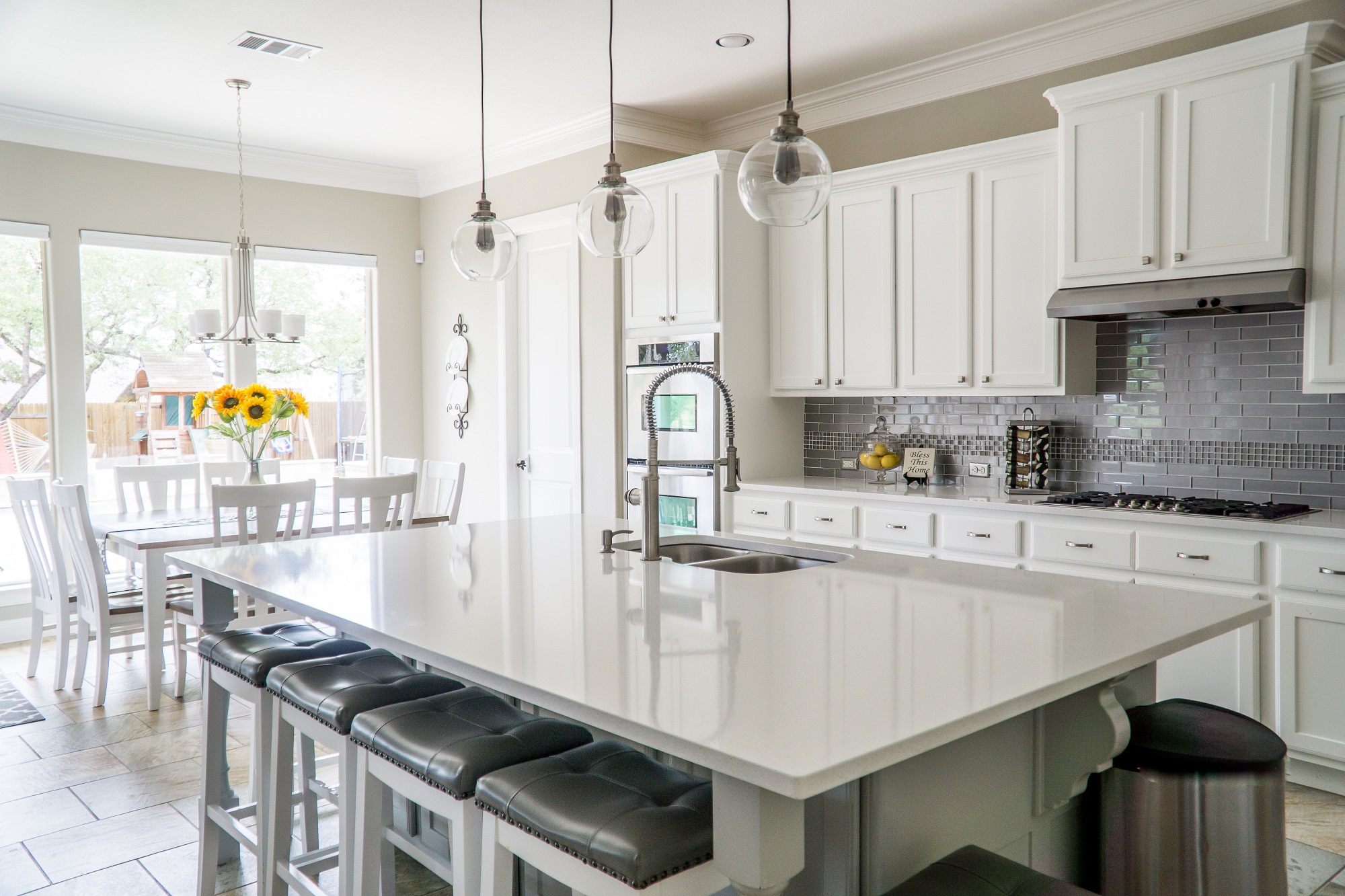Did you know that over 50% of U.S. households own a garbage disposal? These handy under-the-counter devices became a kitchen essential after WWII, revolutionizing kitchen cleanup. However, the misconception that anything can go down them can lead to problems. Here’s a quick guide to what’s disposal-friendly and what’s not.

What Goes In:
Leftovers, fruit peels, non-fibrous vegetable skins, corn cobs, cooked meats, small fish bones.
Ice is encouraged to help loosen food residue.

What to Avoid:
Large bones, clam, and oyster shells: Hard materials that risk clogging or breaking the disposal.
Oils, fats, cooking grease: Despite being liquid initially, they can congeal and cause clogs.
Creamy and sticky foods: Peanut butter, butter, ice cream, sauces, pasta, rice—avoid to prevent issues.
Stringy produce: Artichokes, string beans, banana peels can cause significant clogs.
Eggshells and coffee grounds: Slow to decompose, these can clog the drain.
Tips for Cleaning:
Ice, baking soda, and lemon: Grind 2 cups of ice, 1 tbsp baking soda, and a lemon slice with cold water for a fresh-smelling disposal.
Lemon wedges: Feed lemon wedges into the disposal under cold water for a refreshing scent.
Baking soda and vinegar: Pour 1/2 cup baking soda and 1 cup vinegar, let it sit for 10 minutes, then run hot water to wash away residue.

Maintaining a healthy garbage disposal involves thoughtful disposal choices and regular cleaning. Follow these tips for a trouble-free and fresh-smelling kitchen cleanup experience.

386 total views, 3 views today
